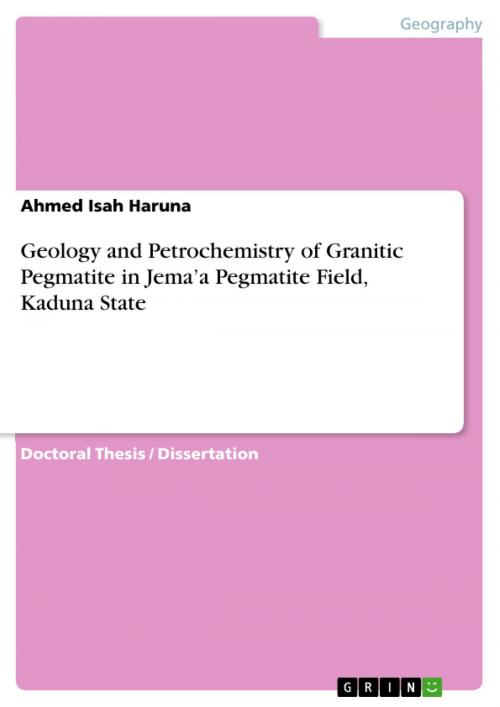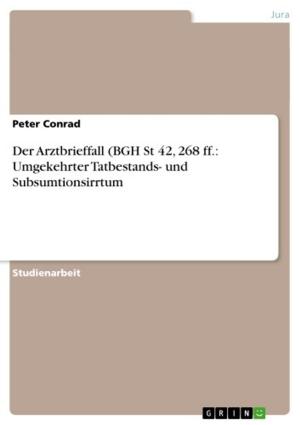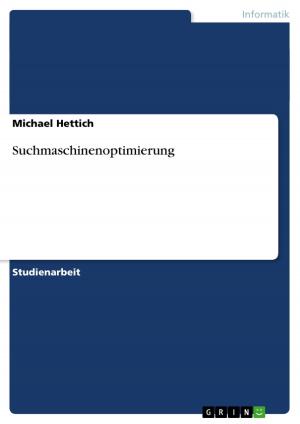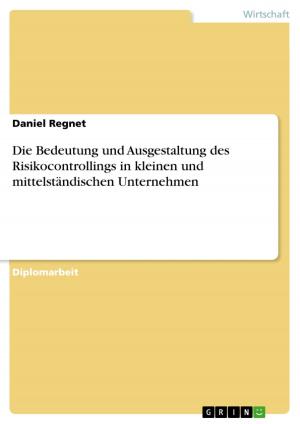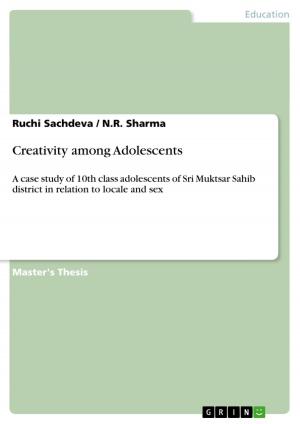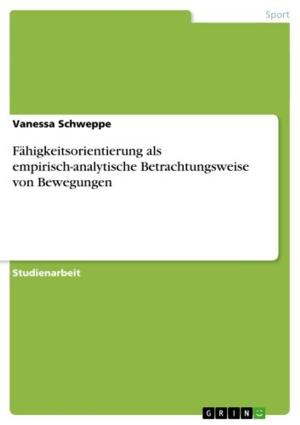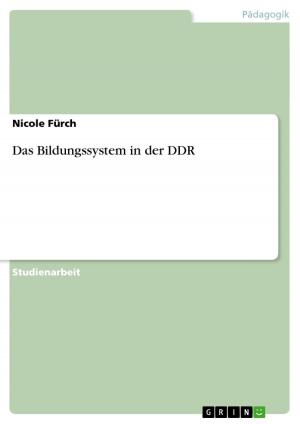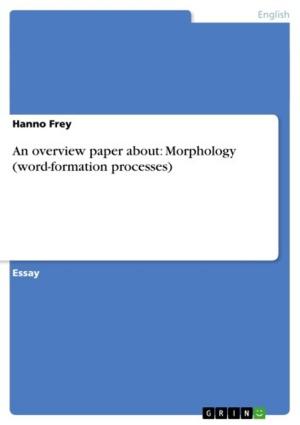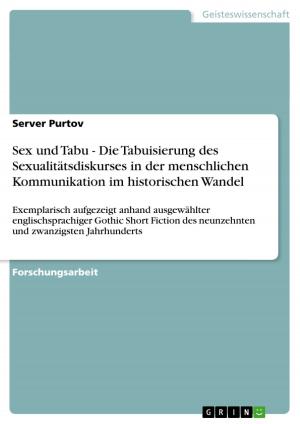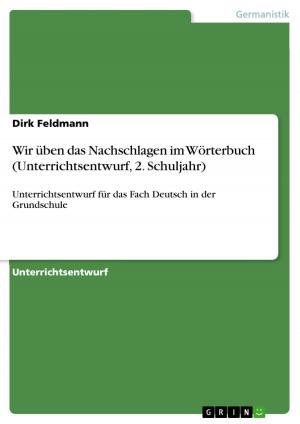Geology and Petrochemistry of Granitic Pegmatite in Jema'a Pegmatite Field, Kaduna State
Nonfiction, Science & Nature, Science, Earth Sciences, Geology| Author: | Ahmed Isah Haruna | ISBN: | 9783656280132 |
| Publisher: | GRIN Verlag | Publication: | September 27, 2012 |
| Imprint: | GRIN Verlag | Language: | English |
| Author: | Ahmed Isah Haruna |
| ISBN: | 9783656280132 |
| Publisher: | GRIN Verlag |
| Publication: | September 27, 2012 |
| Imprint: | GRIN Verlag |
| Language: | English |
Doctoral Thesis / Dissertation from the year 2012 in the subject Geography / Earth Science - Geology, Mineralogy, Soil Science, grade: 'none', Abubakar Tafawa Balewa University (School of Science), course: Economic Geology-Mineral Exploration, language: English, abstract: The research work 'Geology and Petrochemistry of Granitic Pegmatites in Jema'a Field' is a systematic study of the pegmatites in relation to the adjoining granitoids (biotite muscovite granite, albite granite and granite aplite) with a view to understanding their geological and geodynamic evolution and subsequent economic potential through the behavior of rare elements. The field work was conducted on a scale of 1:50, 000. 33 rocks and mineral separates extracted from pegmatites were analyzed. The samples were subdivided into two parts; one part was analyzed using X-Ray Fluorescence to generate data on major and minor elements, while Instrumental Neutron Activation Analysis was used to generate data on trace elements. The other part of the samples was made into thin section for petrographic studies. Petrochemical and petrographic interpretations concur on the changes in colour of micas from brown biotite in granitoids to blue muscovite, to purplish green mica to purple mica in the pegmatites corresponding to increase in rare elements (Rb, Cs, Na, Ta, Nb, Ga) and volatiles (P, H2O, F) from the granitoids into the pegmatites. This constitute a fractionation trend. This is also strongly supported by fairly consistent increase in Aluminum Saturation Index (A/CNK), normative corundum, normative albite, Lost on Ignition (LOI), differentiation Index (DI) and corresponding decrease in Ba, Zr and Ti. The pegmatites contains more fluxes and liquidus depressing elements (P, H2O, F) especially phosphorus. The granitoids (biotite muscovite granite, albite granite and granite aplite) are therefore fertile, peraluminous, siliceous and S-type and are parental to the pegmatites. The feldspars display perthitic textures which show incomplete solid solution and lowering of liquidus. The tectonic discrimination of the granitoids and the pegmatites show that they were formed within syncollisional, peraluminous, and active continental margin. The research suggest fractionation as a metallogenetic process. The genetic model presents the granitoids ; biotite muscovite granite, albite granite and granite aplite as products of internal chemical differentiation of a fractionating batholiths where NaO replaces K2O as the system is cooling. This is common to most granite-rare-elements-pegmatites systems all over the world. Fractionation via rare elements accumulations is therefore an exploration tool.
Doctoral Thesis / Dissertation from the year 2012 in the subject Geography / Earth Science - Geology, Mineralogy, Soil Science, grade: 'none', Abubakar Tafawa Balewa University (School of Science), course: Economic Geology-Mineral Exploration, language: English, abstract: The research work 'Geology and Petrochemistry of Granitic Pegmatites in Jema'a Field' is a systematic study of the pegmatites in relation to the adjoining granitoids (biotite muscovite granite, albite granite and granite aplite) with a view to understanding their geological and geodynamic evolution and subsequent economic potential through the behavior of rare elements. The field work was conducted on a scale of 1:50, 000. 33 rocks and mineral separates extracted from pegmatites were analyzed. The samples were subdivided into two parts; one part was analyzed using X-Ray Fluorescence to generate data on major and minor elements, while Instrumental Neutron Activation Analysis was used to generate data on trace elements. The other part of the samples was made into thin section for petrographic studies. Petrochemical and petrographic interpretations concur on the changes in colour of micas from brown biotite in granitoids to blue muscovite, to purplish green mica to purple mica in the pegmatites corresponding to increase in rare elements (Rb, Cs, Na, Ta, Nb, Ga) and volatiles (P, H2O, F) from the granitoids into the pegmatites. This constitute a fractionation trend. This is also strongly supported by fairly consistent increase in Aluminum Saturation Index (A/CNK), normative corundum, normative albite, Lost on Ignition (LOI), differentiation Index (DI) and corresponding decrease in Ba, Zr and Ti. The pegmatites contains more fluxes and liquidus depressing elements (P, H2O, F) especially phosphorus. The granitoids (biotite muscovite granite, albite granite and granite aplite) are therefore fertile, peraluminous, siliceous and S-type and are parental to the pegmatites. The feldspars display perthitic textures which show incomplete solid solution and lowering of liquidus. The tectonic discrimination of the granitoids and the pegmatites show that they were formed within syncollisional, peraluminous, and active continental margin. The research suggest fractionation as a metallogenetic process. The genetic model presents the granitoids ; biotite muscovite granite, albite granite and granite aplite as products of internal chemical differentiation of a fractionating batholiths where NaO replaces K2O as the system is cooling. This is common to most granite-rare-elements-pegmatites systems all over the world. Fractionation via rare elements accumulations is therefore an exploration tool.
